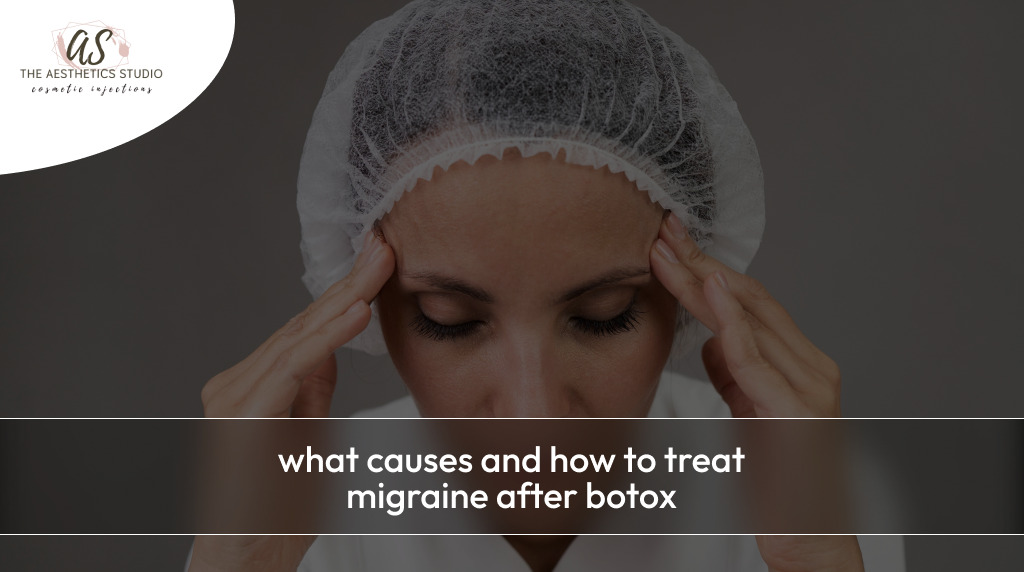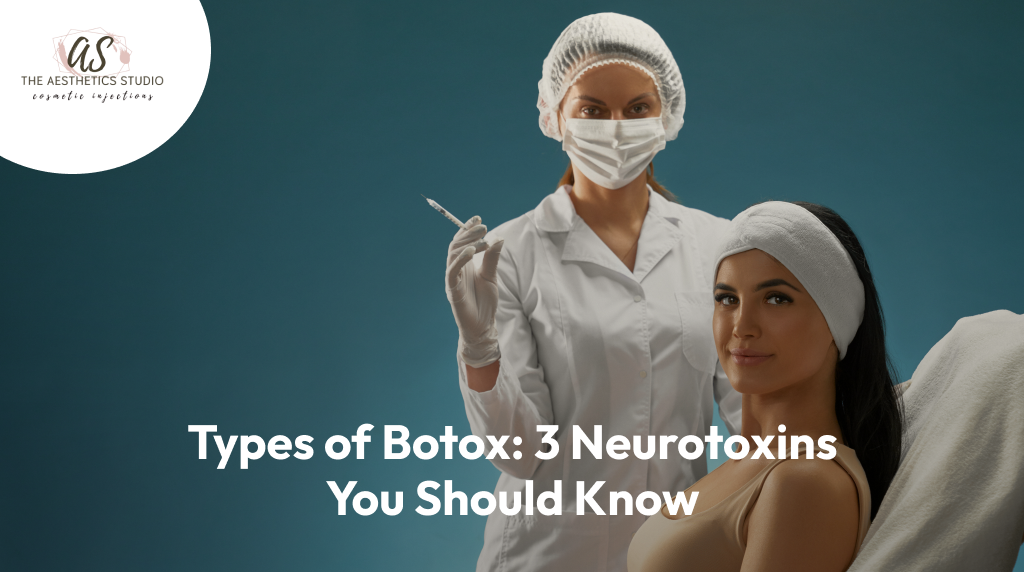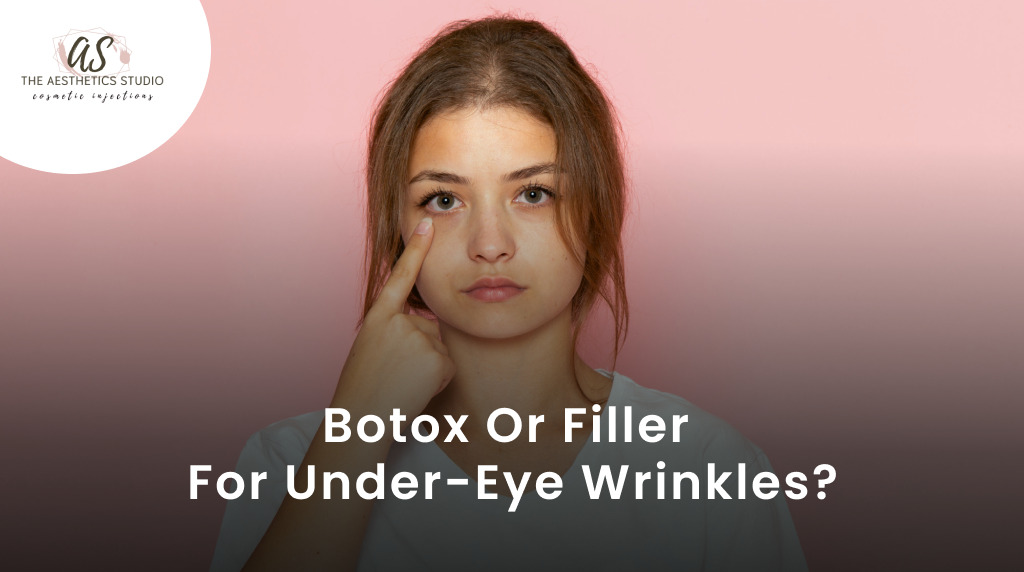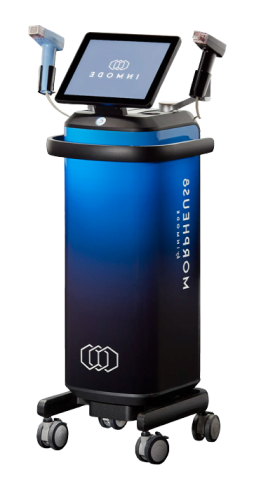Individuals with severe symptoms of migraines find themselves helpless in most situations, as they cannot engage in their usual daily activities. In recent times, instead of going the traditional way with the treatment, the public has debated whether Botox is a possible remedy for this. This paper discusses what causes migraines and how to control them after Botox injections. Additionally, it offers tips to people who develop migraines following Botox administration.
Unraveling the Causes of Migraine After Botox
Although usually applied for cosmetic purposes, its link to migraines calls its mechanism into question. The development of migraines following Botox injections might result from an alteration in neurotransmitter balance in the brain. Recent studies indicate that Botox could possibly have a direct impact on key neurotransmitters such as serotonin, which can lead to migraines. Furthermore, there is evidence that Botox injections may cause vascular changes that can affect blood flow to the brain, making it difficult to establish a clear relationship between migraines and Botox.
It is crucial to understand these intricacies if we are to know precisely how exactly Botox may influence migraines. Henceforth, more research should be carried out to connect disturbances in neurotransmitters with vascular alterations and the origin of migraine so as to come up with better treatment approaches and reduce the chances of getting a headache after having a Botox treatment.
Read also: Neurotoxin Treatment Myths vs Facts
Botox injections play a role in provoking migraines
Knowing how Botox injections lead to migraines is necessary for effective treatment approaches. There is a need for more studies to examine the connection between Botox and neurotransmitter imbalances and vascular changes. There is an intricate web of interactions among these factors, which must be considered closely so that the exact mechanisms behind the antithetic relationship existing between Botox and migraines can be uncovered.
This should involve research on the time-related aspects of Botox-induced migraines over time as well as their persistence. This entails measuring the length of time it takes before neurotransmitter imbalances are normalized and normal blood flow through the vessels, because this will help determine whether migraine is a transient effect following injection or whether it persistently occurs due to botox administration. By understanding this, physicians will have insight on when a patient’s susceptibility to migraines may rise for some time, thereby allowing them to make decisions regarding prophylactic therapy timing.
The Impact of Botox on Migraine Development
Botox disrupts neurotransmitter transmission and produces vascular changes, according to research. These can be significant factors in migraines after Botox. However, more studies are necessary to understand the detailed processes or pathways through which Botox impacts the development of migraines.
It is important to study specific neurotransmitters that are influenced by Botox for targeted interventions. Investigating whether serotonin or other neurotransmitter systems are primarily affected by Botox can yield useful information. Personalized treatments or interventions can be achieved through grasping these subtleties, such as customizing interventions based on the particular imbalances in neurotransmitters recognized during migraines resulting from the use of Botox.
Factors Influencing Migraines After Botox
There may be genetic predispositions to certain individuals’ susceptibility to migraines after injections beyond the direct effects of Botox. If we could detect particular genetic markers, it would help us understand why some people are more prone to having migraines after receiving Botox.
Genetic studies that look at migraine patterns in families after Botox can help identify hereditary factors. With this in mind, identifying if there are specific genetic markers in those who have had a migraine post-Botox is important. This personalized approach can help healthcare providers identify individuals at higher risk, allowing for proactive management strategies tailored to their genetic predispositions.
Treating Migraine After Botox: Strategies and Considerations
Treatment for post-Botox migraines works best if a combination of medicine and other alternative therapies is used. Mild to moderate migraines might work with just over-the-counter analgesics, while in severe cases, triptans or beta-blockers could be necessary. It is important to communicate with your healthcare provider so that the medication can be adjusted based on your response.
In order to find viable therapeutic drugs capable of targeting neurotransmitter imbalances caused by Botox, novel pharmacological interventions should be considered for future research. The development of medicines that balance neurotransmitter levels without causing migraines has the potential to change how post-Botox migraine is managed. To achieve these targeted therapeutic options, there must be cooperation among neurologists, pharmacologists, and Botox practitioners.
Medicinal Solutions for Reducing Botox-Triggered Migraine
Medicinal approaches are key to lessening Botox-caused migraines. Over-the-counter analgesics may be used to treat mild migraines, while more severe cases may need prescription medicines such as triptans or beta-blockers. Drug plans, therefore, must be individualized according to how patients respond to them and their needs, which should acknowledge the importance of ongoing communication with physicians.
The precision of therapy can be improved if drugs are combined with neuroimaging techniques. Using imaging to monitor neurotransmitter changes and vascular dynamics post-Botox will give immediate information about the effectiveness of treatment. This becomes a holistic approach that targets specific individuals with migraines following a Botox injection.
Read also: Non-Surgical Facial Rejuvenation with Dermal Fillers
Alternative Therapies for Managing Migraine Symptoms
Apart from medication, other ways of managing migraine symptoms are possible. Behavioral and lifestyle modifications, such as stress reduction techniques, exercising on a regular basis, and having proper sleep hygiene, can significantly reduce the frequency and severity of migraines. These include herbal remedies, mindfulness practices, and yoga, which could bring relief to many people once again as all these approaches focus on providing the patient with a holistic management of their migraines.
A recent development in this field is the combination of virtual reality (VR) technology and biofeedback for managing migraines. For instance, personalized VR settings that create relaxing environments may be used as engaging stress-reducing tools, thus preventing migraines. Biofeedback coupled with behavioral therapies enables individuals to self-regulate physiological responses, hence improving their competence in dealing with migraines effectively.
Conclusion
A myriad of factors, from neurotransmitter imbalances to vascular changes and genetic predispositions, may trigger migraines post-Botox. Explore diverse treatments like over-the-counter analgesics, prescription medications, and alternative therapies. Discover personalized relief at The Aesthetics Studio and book your appointment for comprehensive care.
Frequently Asked Questions:
Q1. Can Botox truly trigger migraines?
While the exact mechanisms are not yet fully understood, research suggests that Botox may contribute to migraines in susceptible individuals through its impact on neurotransmitter imbalances and vascular changes.
Q2. Are there any preventive measures to reduce the risk of migraines after Botox?
While prevention strategies are still being explored, maintaining open communication with your healthcare provider, discussing individual risk factors, and closely monitoring any changes after Botox injections may help in identifying potential triggers.
Q3. When should individuals seek medical attention for Botox-induced migraines?
If migraines persist, worsen, or significantly impact daily life after Botox injections, it is essential to seek medical attention. A healthcare provider can evaluate the situation and provide guidance on appropriate treatment options.














